Tags: Galaxy
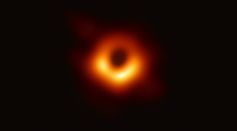
Spinning Black Hole Detected For the First Time: Astronomers Observed Cosmic Jets at the Center of M87 Galaxy
James Webb Space Telescope Captures a 21-Billion-Year-Old Einstein Ring Surrounding a Mysteriously Dense Galaxy
NASA Simulates Space in Millihertz Gravitational Waves, Enhances Our Understanding of the Milky Way Galaxy
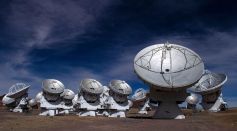
ALMA Reveals Ancient Galaxy's Magnetic Field, Shedding Light on Cosmic Magnetism
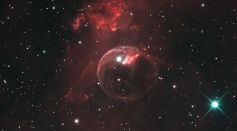
Enormous Bubbles of Matter Believed To Be a Relic From the Universe's Birth Discovered 820 Million Light Years Away From Earth
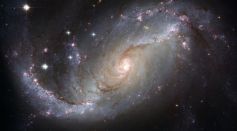
Milky Way Galaxy Is Earth's Home and One of the Many Galaxies in the Universe
Subtle Wrinkles in Space Can Be Used To Measure Cosmic Distance, Rate of Universe’s Expansion
James Webb Space Telescope Confirms 'Maisie's Galaxy,' Unveiling One of the Universe's Earliest Celestial Wonders
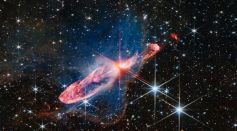
James Webb Space Telescope Discovers a Spooky Question Mark in Deep Space; Could It Be a Message From Extraterrestrials?
Is Milky Way Special? Astronomer Says Comparison With Other Galaxies Is Necessary To Find the Answer
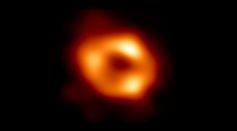
Eerie Echo Reveals Intense Activity of Supermassive Black Hole in the Milky Way's Core
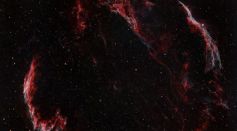
Supernova Magnified 25 Times by Foreground Galaxy in a Rare Display of Einstein's Gravitational Lensing

Two Supermassive Black Holes Circling Each Other in a Distant Galaxy Confirmed in New Observations of Bright Flares
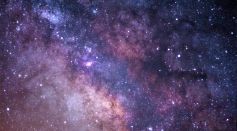
James Webb Space Telescope Detected Complex Molecules in a Galaxy in the Early Universe

Aliens in the Heart of the Galaxy? Repeated Signals From Milky Way's Core Could Be Greetings From Extraterrestrial Life, New Study Says
Evil Eye Galaxy's Outer Disk Came From a Smaller Star Cluster It Cannibalized In the Past, Study Reveals
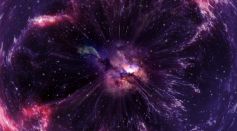
Closest Supernova Ever Observed Could Shine Bright For Months Even When Viewed From Amateur Telescopes
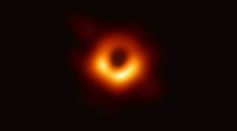
Superheated Rings of Plasma That Mimic Accretion Disks Around Black Holes Created in the Laboratory
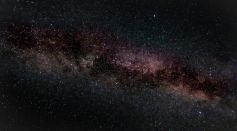
Mysterious Streak of Stars Might Be a Flat Galaxy and Not a Runaway Black Hole, New Study Suggests

Supermassive Black Hole Captured Swallowing a Star About 137 Million Light-Years Away; It's the Closest Scientists Have Ever Seen
Most Popular

Truth or Hoax? Viral Theory Claims 3I/Atlas Could Be a Massive Alien Ship Hiding Behind the Sun

Nvidia's Jetson Thor Could Make Humanoids Smarter Than Ever

Hellfire Missile Video Reveals MQ-9 Reapers Being Used for Aerial Combat

Trump's Trillion Dollar Spending Boost For Pentagon to Create Disastrous Amount of Carbon Emissions, Study Shows





